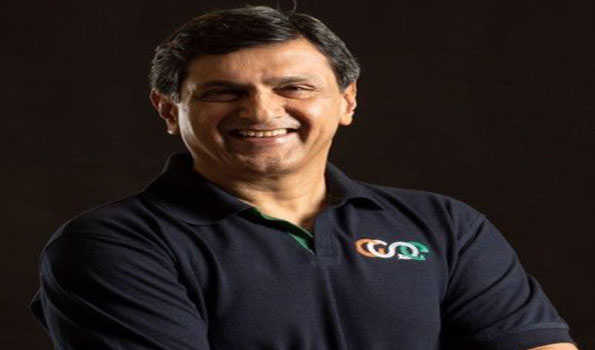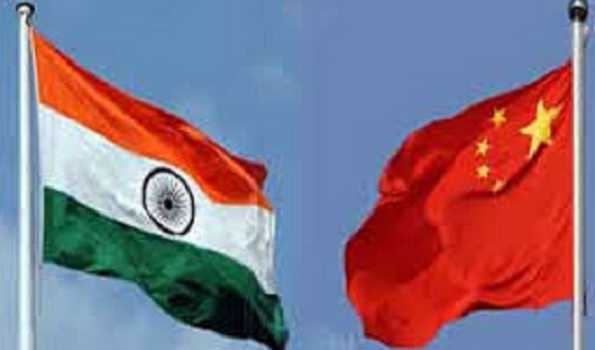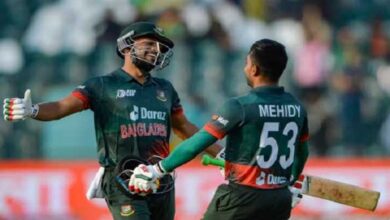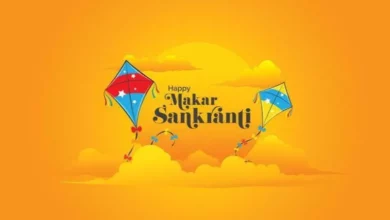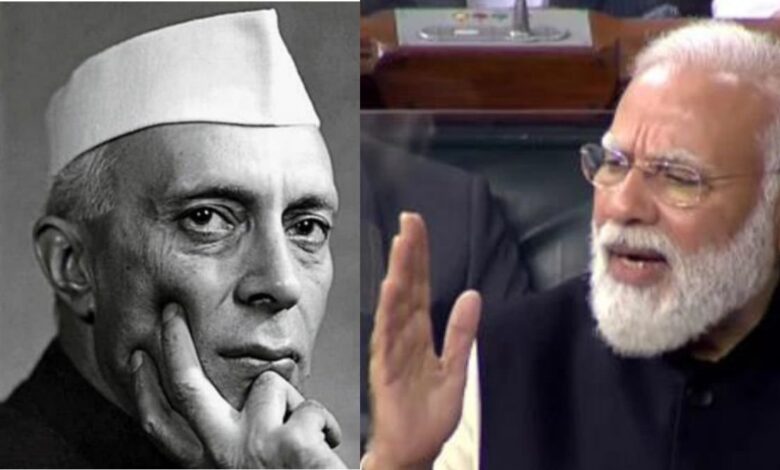
Mobilenews24x7 Bureau
The month of May has many messages to give. Among them is a day when the world was shocked by the demise of a worthy son of India, Jawaharlal Nehru, the first PM of Independent India died on 26 May.
On his demise the burning flame of his reputation did not extinguish but it gave a start to an era known as Nehruvian Era which lasted for than fifty years on.
“Nehruvian India”, dominated Indian politics, society, economy, and imagination for decades. Yet, almost to the day, 50 years after his death, change began on 26 May 2014.
On that day Narendra Modi was sworn in as the Prime Minister of India in a glittering and star-studded ceremony. Among the glittering personalities was the then PM of Pakisthan Nawaz Shariff and others.
Modi from the day one symbolized the mild essence of polarization which continued still and without going into further details let us look ahead. Because, it is so dispassionate a topic.
Some of his critics were quick to say that, he as a BJP (Sangh) praharak had already sneaked into a white coated area of autocracy. Where secular values can hardly survive free.
The author is not equipped to join this debate. The limited purpose of this feature is to highlight fundamental changes nudged by Modi that have shaken the foundations of “Nehruvian India” but not India.
No doubt that Modi is currently the most popular political leader in India with amazing approval ratings. Yet, his electoral track record is not too great compared to that of India’s first prime minister.
Taking help of election results and trends, one thing that can be said that, Narendra Modi is surely a colossus in his rights in Indian politics.
Nehru had obviously a fantastic election win rating data which his daughter later tried but could not reach to that strike rate. But her spread all over the country and often surpassed that of Nehru.
But the Nehruvian values suffered the worst by the Emergency imposed by Indira in 1975 sending a strong twister in Indian politics and that caused huge damage and an authoritarian air found place in Indian politics.
By then, academic, cultural, intellectual, and a host of other institutions were completely dominated by Left-leaning demagogues who have an unexplained dislike of all Hindu beliefs and practices. The rhetoric of secularism was intact, but it had become a hollow slogan. A backlash was inevitable, and it manifested in the form of the movement to “restore” the Ram Temple in Ayodhya. L K Advani merely rode the backlash; some other leader would have done it if he were not there.
While the incumbent PM although has won two Lok Sabha polls and seems all set a man to win again, but under him, the BJP has lost Delhi twice, lost Punjab, Chhattisgarh, Madhya Pradesh, and Rajasthan, lost Bihar once, barely eked out a victory in 2020, won fewer seats than Congress in Goa in 2017, almost lost Gujarat in 2017, failed to win West Bengal and Odisha and lost Himachal Pradesh.
Barring Karnataka and perhaps Telangana to some extent, the BJP remains a marginal player in the South. If you believe the data, you will be compelled to point out to hysterical fans of Modi that he, at least electorally, is no match for Nehru and Indira.
It can well be said that since 2014 some steps by the NDA were intently at demolishing some Nehruvian remanant but not altogether that sweeping so far. What Nehru started was indeed noble and with the best of intentions. A secular ethos where all religions were respected, a truly democratic approach, a free hand to constitutional bodies, an open approach to science and technology, an emphasis on merit and excellence, and an effort to build world-class institutions.
A vibrantly secular and non partisan as a leader Atal Bihari Vajpayee became Prime Minister of a majority NDA government in 1998, there were patchy and half-hearted efforts to change the “ecosystem”. Vajpayee couldn’t do much because his allies like Mamata Banerjee, M Karunanidhi, Farooq Abdullah, N Chandrababu Naidu, Nitish Kumar, and Ram Vilas Paswan among others wouldn’t allow him to.
It simply baffled ordinary Hindus (voters) who saw Pakistan-sponsored Islamist terrorists wreak repeated havoc in Indian cities.
Add the Anna movement against corruption, the economic crisis after 2011, and India was ready for a “strongman” and Hindu heart throbe like Narendra Modi. Again, Modi is but a manifestation of structural changes in Indian politics and society. If not for him, someone else would have stepped up to the plate.


